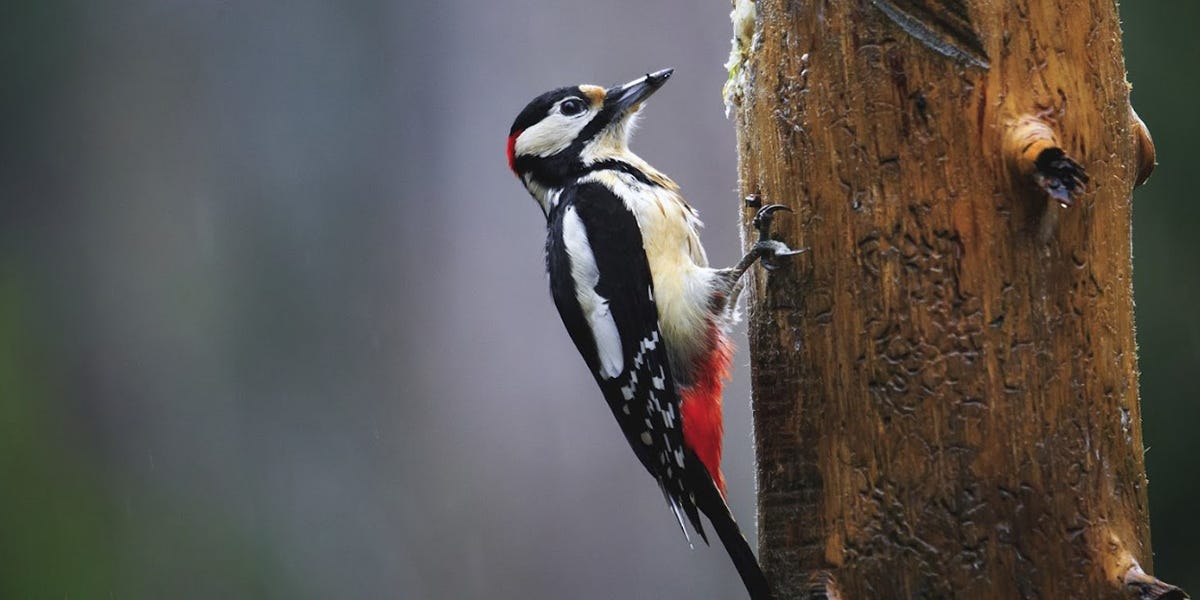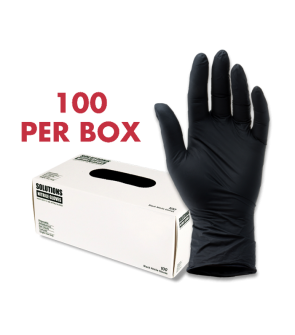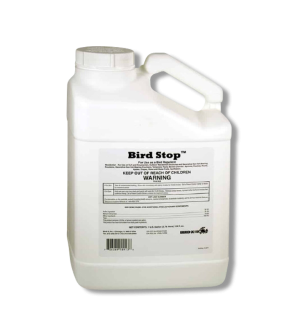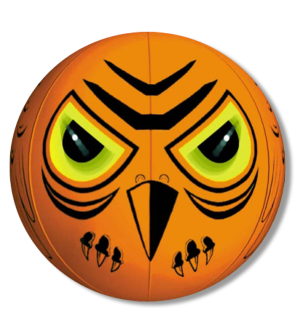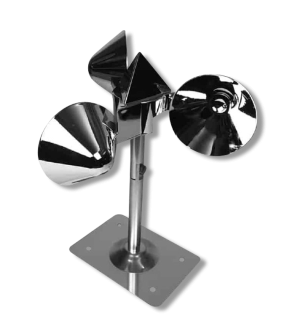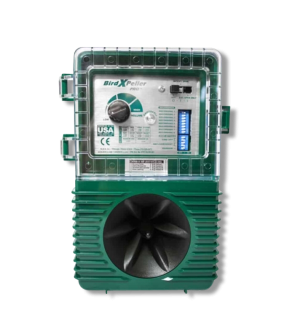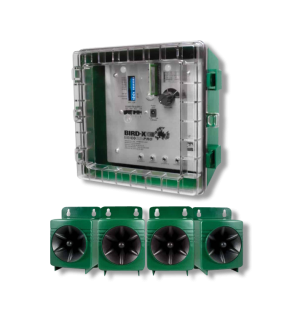Gain access to personalized product screening, the best pricing, rewards, and more!
Most Effective Products
Woodpecker Control: How To Get Rid of Woodpeckers
This page is a general woodpecker control guide. Using the products and methods suggested, you will get control of woodpeckers. Follow this guide and use the recommended products, and we guarantee 100% control over woodpeckers. Consult your local and state guidelines to see if your woodpecker species are protected in your location before applying control.
You may have thought woodpeckers were adorable little birds with a funny laugh as a child. However, woodpeckers outside of the cartoon world can be rather annoying and a nuisance to your property. Woodpeckers can quickly become a problem if left unchecked due to their trademark of pecking holes in wood.
Woodpeckers mainly peck holes in trees, which can be irritating due to the amount of noise it creates. However, they can be especially troublesome when they begin pecking over the wood elements of your home, ruining wooden trim, and making unsightly marks. Why do Woodpeckers like to peck so much? They are pecking to search for food or pecking to mark their territory.
Controlling the woodpecker can be tricky, mainly because it is a federally protected species. If controlled by lethal means, it would likely result in heavy fines. However, woodpecker control is not impossible.
If annoying woodpeckers are invading your property, our easy-to-execute advice below will help you clear woodpeckers from your property alone. Follow our steps below, and you won’t have to worry about woodpeckers anymore.
Identification

Identification is important before carrying out a control approach for woodpeckers. Before treating it, you must ensure you're dealing with woodpeckers. Although there are many species of woodpeckers, we'll describe some common characteristics that set them apart from other species of birds.
- Woodpeckers range between 7 to 15 inches in size.
- They are known for their sharp and long beaks, which they use to peck into wood.
- Woodpeckers vary greatly in color but usually have red markings on their head, and most species have black and white plumage.
- Woodpeckers normally nest in the holes they dig, and their abandoned holes help other cavity-nesting birds.
- They have strong claws on their feet and backward-pointed toes, which they use to support themselves while peaking.
Use the description and image above to properly identify woodpeckers on your property. If you are unsure, contact us, and our representatives will try to help you identify the correct one.
Inspection

Once you have confirmed that you are dealing with woodpeckers, you must inspect and locate the areas where they nest or damage their pecking habit.
Woodpeckers can be found in woody areas with lots of trees where they can find shelter and food. They nest inside hollowed trees, in branches, or create openings with their bill. They will also be found near human structures, inside wooden posts, or near wooden structures.
When woodpeckers arrive in a new area with scarce trees, they seek wooden structures to set up a nest. Unfortunately, many times, this happens to be homes and commercial buildings.
Where To Inspect
Most woodpeckers are found outside, so start your inspection outdoors. Inspect your rain gutters, eaves, wooden siding, soffits, and any wooded area on the roof of your foundation. Search for any area where possible damage has occurred. Search your yard for trees, branches, or wooden structures like poles where woodpeckers have been seen or heard.
What To Look For
You're looking for woodpeckers, their nests, and their pecking sites. Grab a pair of binoculars and inspect their flight patterns. Find out where they are nesting, where they are pecking, and where they spend most of their time. Once you have identified their nest and/or pecking sites, you will apply treatment to them.
Treatment
Once you have confirmed woodpecker activity, it is time to begin treatment. Remember to read all product labels, follow the application instructions on these labels, and stay safe by wearing personal protective equipment (PPE).
The best way to get rid of woodpeckers is to use a combination of exclusion measures to repel them from the area and indirectly ward them away from your property by eliminating their food source, insects.
If woodpeckers are sticking around your property, plenty of insects may be providing meals for them. We recommend a broadcast treatment of Supreme IT to eliminate the food source that attracts them and then repel them from their selected nesting sites with 4 The Birds Repellent.
Step 1: Mix and Apply Supreme IT

Supreme IT Insecticide is a broad-spectrum insecticide that can treat a wide range of insects that woodpeckers like to eat. It also has a long-term residual effect that will kill long after application.
Rather than spot treating, it is best to apply Supreme IT Insecticide in a full broadcast treatment over the entire lawn.
Calculate the square footage of your lawn to determine how much Supreme IT you need to cover the entire area. To find the square footage, measure the treatment area's length and width in feet, then multiply them together (length X width = square footage).
To apply Supreme IT, simply mix water in a hand pump or hose-end sprayer.
Apply Supreme IT at a rate of 0.5 fl. oz. per gallon of water to cover 1,000 sq. ft.
We recommend using a hose-end sprayer to apply the product to your lawn. This will ensure that the product has enough water volume to penetrate the soil and reach turf insects.
Ensure the sprayer control valve and water pump are off, then attach the hose-end sprayer nozzle to the hose. Remove the hose-end sprayer reservoir container and add the proper amount of Supreme and water. Apply the solution at a rate of 2 or more gallons per 1,000 sq. ft. for the product to sufficiently coat your lawn. Reattach the reservoir to the nozzle and turn the water on the hose. You are now ready to spray.
Push forward on the control valve to begin spraying. Evenly distribute the entire amount of product over your treatment area, keeping track of the product left in the reservoir. Use a fan spray setting to get nice uniform coverage. You should also spray any trees in your yard, bushes, and other ornamentals and areas where you have noticed Woodpecker activity.
Step 2: Outdoor Treatment with 4 The Birds Repellent
4 The Birds Liquid repellent is a sticky transparent liquid that can be painted or sprayed on outdoor surfaces on wooden structures where woodpeckers have been pecking. It is perfect for planting trees, branches, and other areas where woodpeckers have been pecking.
Pour 4 The Birds Repellent undiluted into a sprayer and spray trees and other nesting sites with the liquid to the point of runoff. Generally, 1 gallon of 4 The Birds is sufficient to treat an average tree with a 5-foot-diameter trunk or six 3-foot-high shrubs.
Prevention
After you have conducted treatment, woodpeckers should no longer be on your property, but that doesn't mean they won't come back in the future. In order to obtain complete control, you need to modify your environment to make it less suitable for woodpeckers. Start with exclusion measures. Fine wire mesh at a 45-degree angle protects overhanging roofs and wooden structures to prevent Woodpeckers from hanging in these structures.
A cloth can be wrapped around the trees to protect tree trunks and hardware to prevent woodpeckers from nesting or pecking. Finally, preventative treatments for your yard with Supreme IT continue indirect control of woodpeckers who feed on yard insects.
Key Takeaways
What are Woodpeckers?
- Woodpeckers are noisy and destructive birds known for incessantly pecking holes into trees and wooden structures.
- Woodpecker activity on a property may mean that you have an insect problem that needs to be addressed since insects are their main food source.
How To Get Rid of Woodpeckers In The Yard
- Discourage woodpeckers from nesting or hanging around your yard by eliminating their insect food source via a Supreme IT Insecticide broadcast application. Mix the product with water and thoroughly spray your turf, bushes, and trees.
- Scare off Woodpeckers from the area with a repellent such as 4 The Birds Liquid Repellent. Spray the product on trees, shrubs, and vines where you have noticed Woodpecker activity.
Preventing Woodpecker Reinfestation
- Remember that complete control will only be obtained when you modify your environment. Wrapping around hardware cloth in beneficial trees and installing fine mesh netting at 45-degree angles in overhanging roofs will provide greater control results.
- Reapply Supreme IT Insecticide around your yard as a preventative measure to keep the insect population down so woodpeckers will have nothing to eat on your property.






